Turangalîla-Symphonie (Australian World Orchestra) ★★★★
Since 2011 many senior Australian musicians from international orchestras have gathered each year to form the Australian World Orchestra. This year’s project included a national tour of a chamber ensemble of eight (AWO Chamber 8), with masterclasses and lessons to young musicians. The culmination was this performance by the whole orchestra in collaboration with the Australian National Academy of Music (ANAM) of Olivier Messiaen’s behemoth and rarely performed Turangalîla-Symphonie, directed by Simone Young in Hamer Hall, Melbourne.
Olivier Messiaen’s Turangalîla-Symphonie, literally translated from the compound Sanskrit word ‘turanga’ (speed, different concepts of time – backwards and forwards) and ‘lîla’ (the play of creation on a cosmic scale) was composed between 1946 and 1948. At the conclusion of World War II, the French composer (1908–92), a repatriated prisoner of war, was flattered to receive a commission from Serge Koussevitzky at the Boston Symphony Orchestra, one that came free of any stipulations. Messiaen’s conception was a grand composition celebrating optimism, hope, and progress. The first performance was conducted by Leonard Bernstein on 2 December 1949. The American didn’t seem to care for it; he never conducted it again. Messiaen described his composition as ‘superhuman, overflowing, dazzling and abandoned’. One critic dismissed it as ‘Hollywood trash’.
Continue reading for only $10 per month. Subscribe and gain full access to Australian Book Review. Already a subscriber? Sign in. If you need assistance, feel free to contact us.



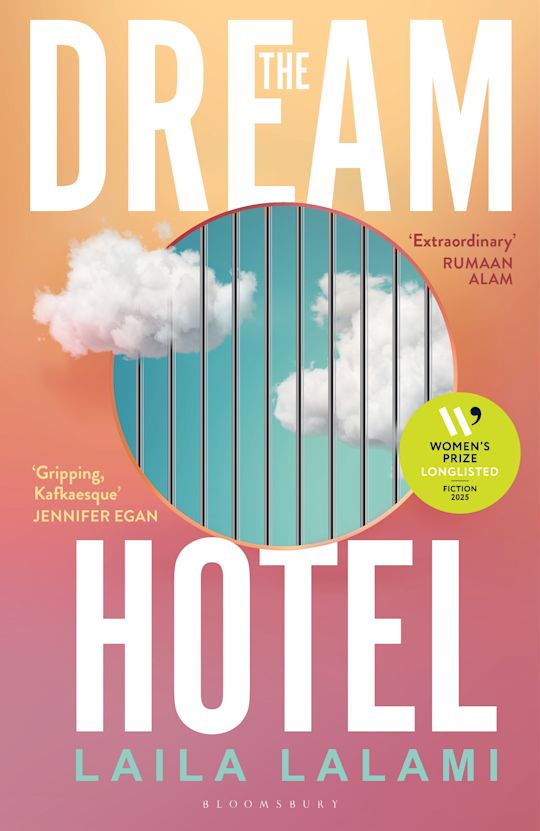
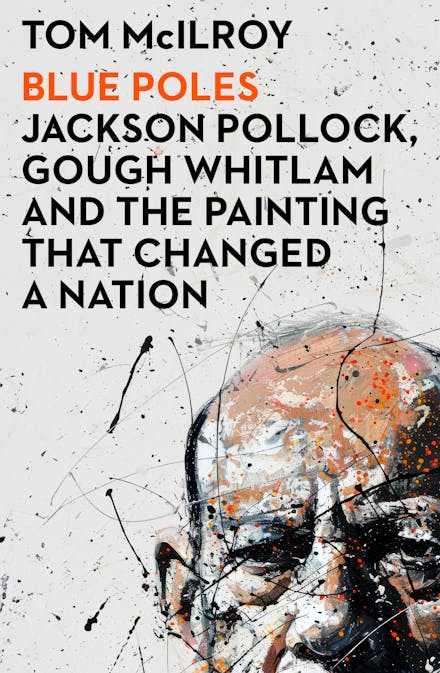
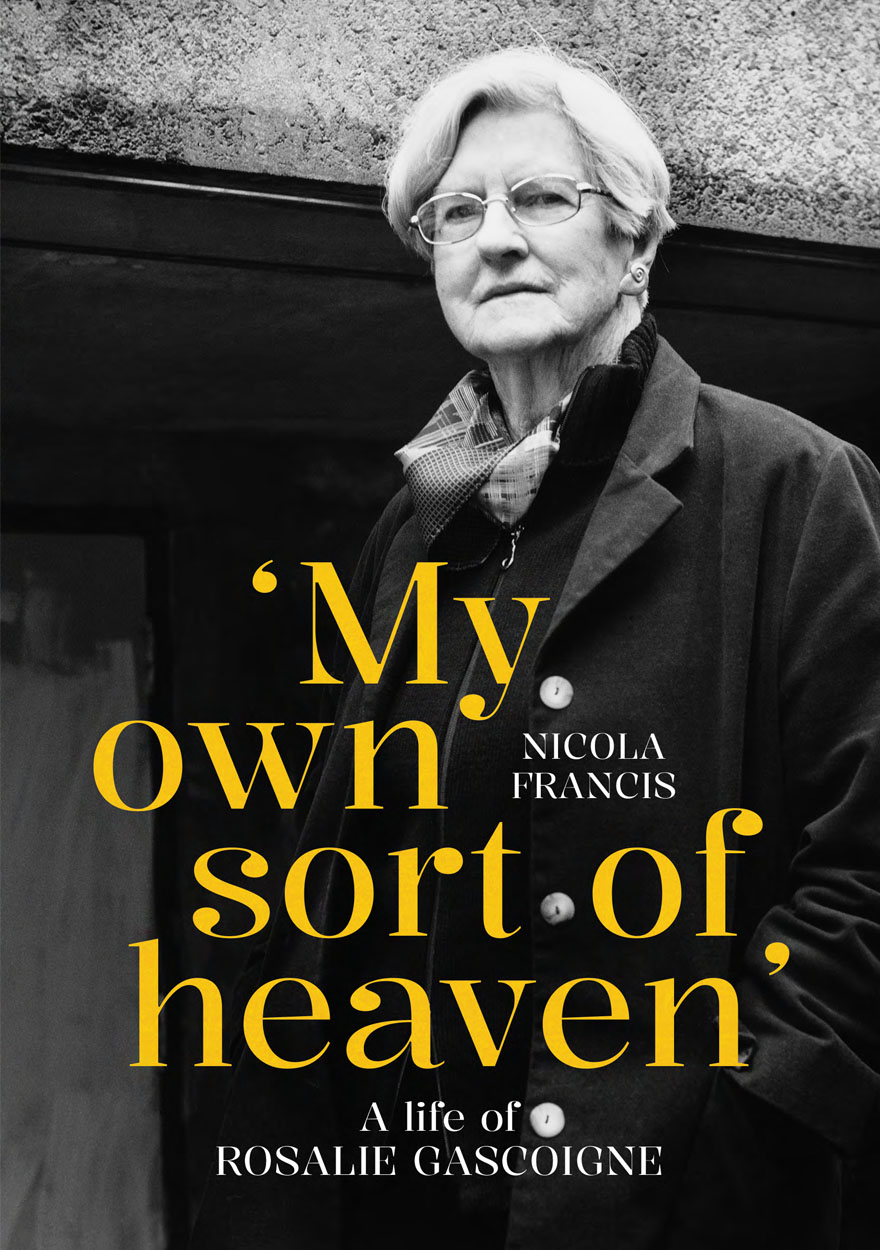
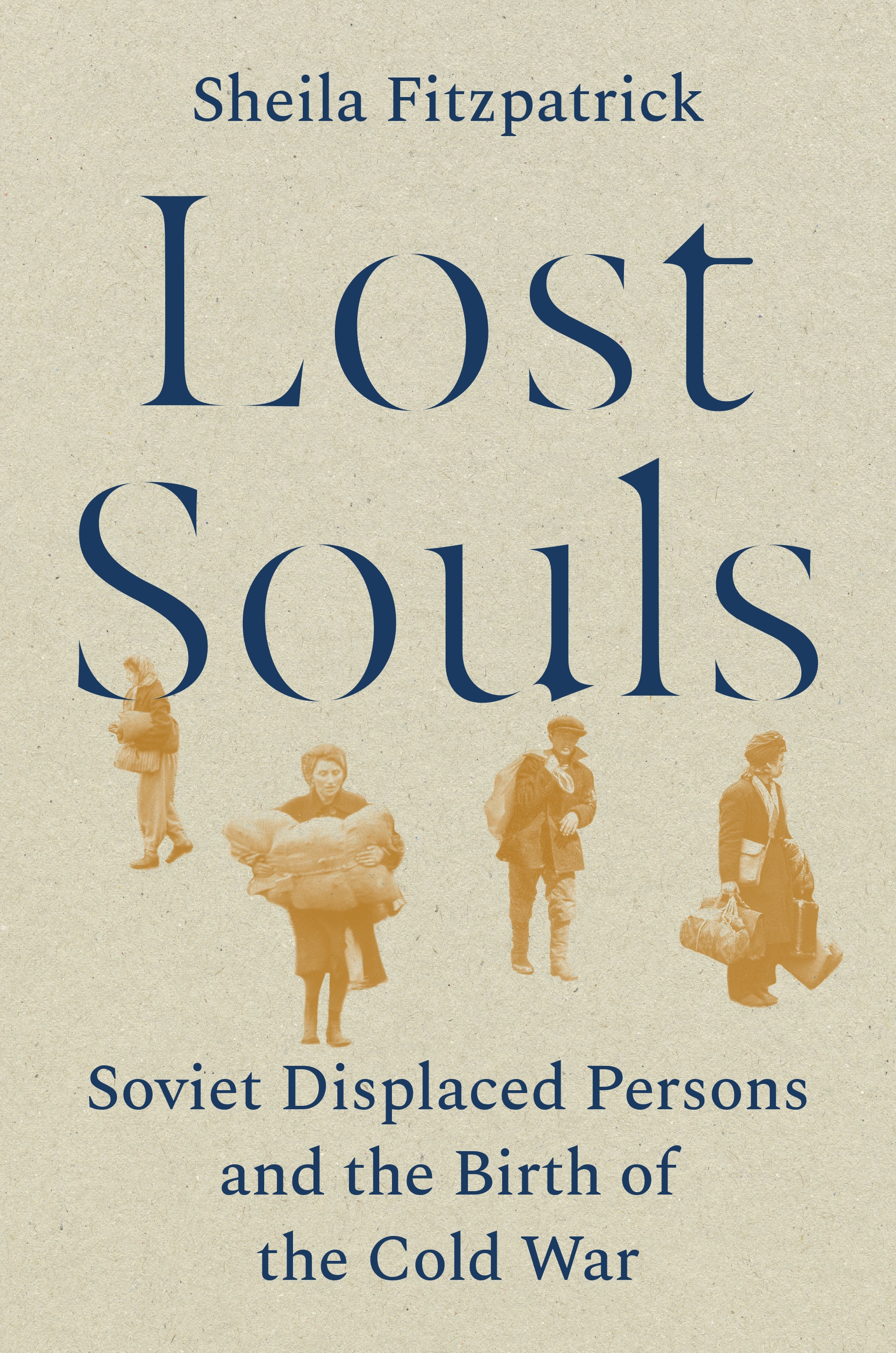

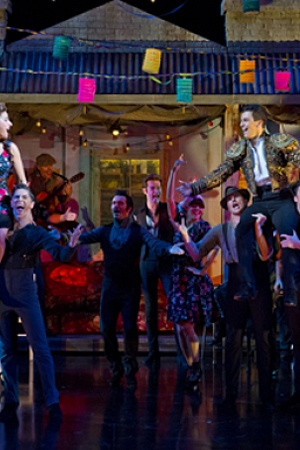
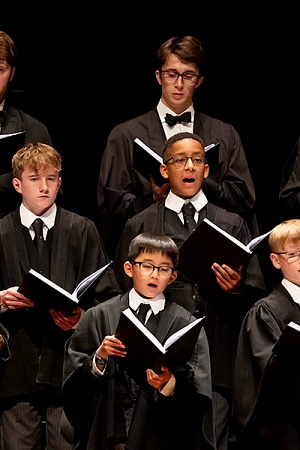
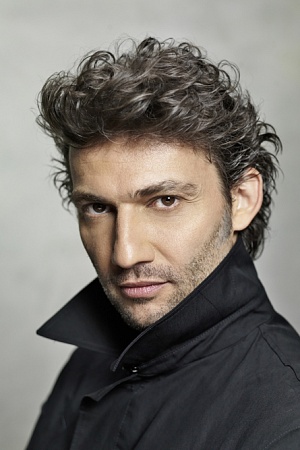




Comment (1)
Leave a comment
If you are an ABR subscriber, you will need to sign in to post a comment.
If you have forgotten your sign in details, or if you receive an error message when trying to submit your comment, please email your comment (and the name of the article to which it relates) to ABR Comments. We will review your comment and, subject to approval, we will post it under your name.
Please note that all comments must be approved by ABR and comply with our Terms & Conditions.